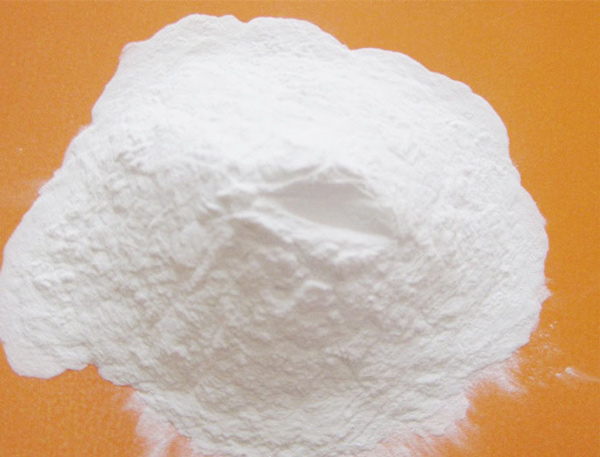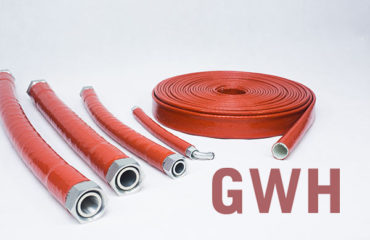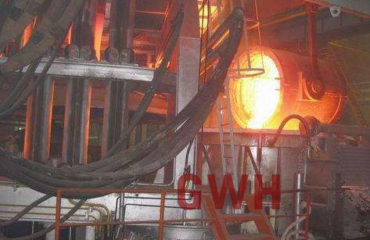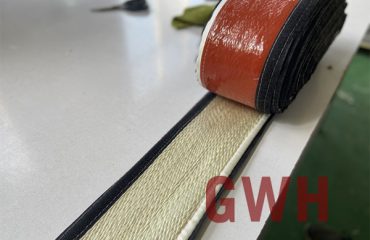In modern industrial production and life, flame retardant and fireproof materials are widely used. As everyone knows, as early as the spring and autumn period, there was a fire prevention method of “removing the hut and painting the big house before the fire hits”. The painting here refers to applying a layer of mortar on the outside of the wooden house to prevent fire. In the era of cold weapons, it is not uncommon to use fire attacks in wars. In fact, flame retardant and fire-retardant technologies and materials are constantly developing behind them. Wang Zhen, an agronomist in the Yuan Dynasty, once proposed “using brick scraps as foam, white clay, tung oil, hay charcoal, lime” and other materials, and using glutinous rice glue to reconcile a primitive fireproof material. It can be said that in ancient societies where science and technology were not developed, the development of fire and flame retardant materials affected the victory of the First World War and the death of a country to a certain extent. The broad masses of working people use wisdom to let fire be restrained by others.
In the West, France proposed to use clay and slaked lime as fillers in paints in 1638 to make canvases have flame-retardant properties. In 1821, the French discovered that the flame retardant effect of a mixture of ammonium chloride, phosphoric acid and borax was very obvious. In modern times, organic flame retardants and inorganic flame retardants have played a role in flame retardancy and fire prevention in all aspects and fields.
In the long run, the development of new low-smoke, low-toxic, and pollution-free flame retardants is the direction we should focus on.




